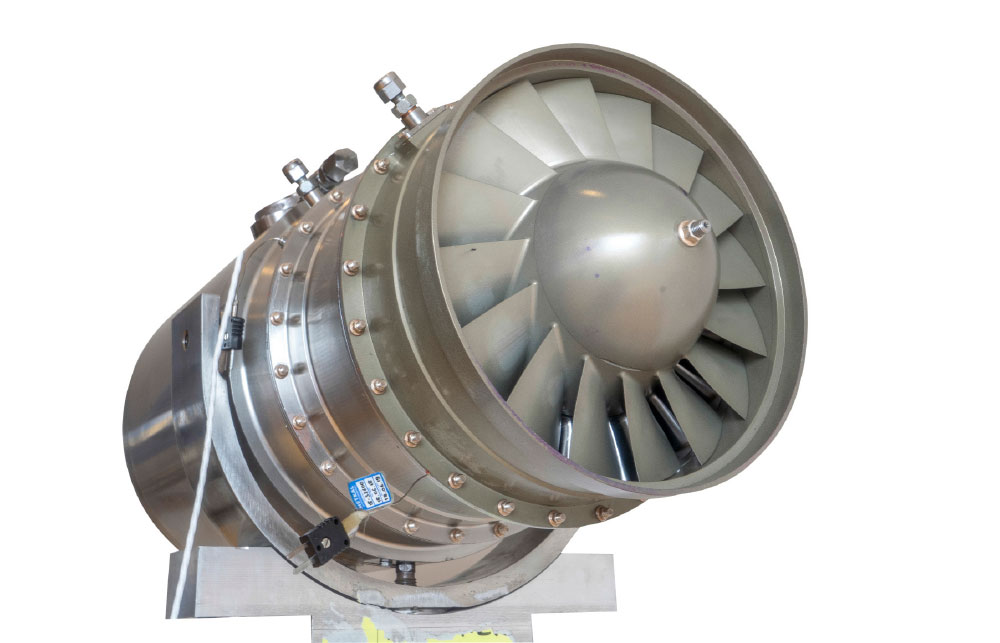As
@Nilgiri pointed out many times before, creep is
the problem when you increase the diameters of the blades.
Yeah, length scaling means you non-linearly scale:
Areas by exponent of 2 (i.e squared)
Volumes by exponent of 3 (cubed).
Creep is especially connected to areas getting squared by such scaling.
Weight (mass) is directly connected to volumes getting cubed.
Both among many others present fundamental problems with scaling an engine (driven by thrust connection to diameter in the end, holding propulsive and thermal efficiency frontiers the same for all). There are some good things getting scaled too (volumes to work with unlike when they were smaller), so it becomes matter of harnessing some of that too to help address what is getting scaled in a problematic way.
This is the underlying reason in the end, engines add more compressor and turbine stages too while diameter scaling is done to increase final thrust....to mitigate various creep, weight and other penalties (that scale exponentially)....keeping blades at a more reasonable size etc (trading off by having more of them and having to invest more into bearings and such).
With the otto and diesel cycle similarly, one can notice it is not preferable to simply endlessly scale say a straight 4 (utilising its economy of design at its niche envelope) to bigger and bigger displacements.
The cylinder constraints (given the weight penalty getting cubed) will kick in along with vibration issues getting worse...given a straight 4 is not easily secondarily balanced.
Hence why at some point a straight 6 (addition of two cylinders) becomes a solution....which is both primarily and secondarily balanced.
Similar is seen with scaling up V series engines too.












